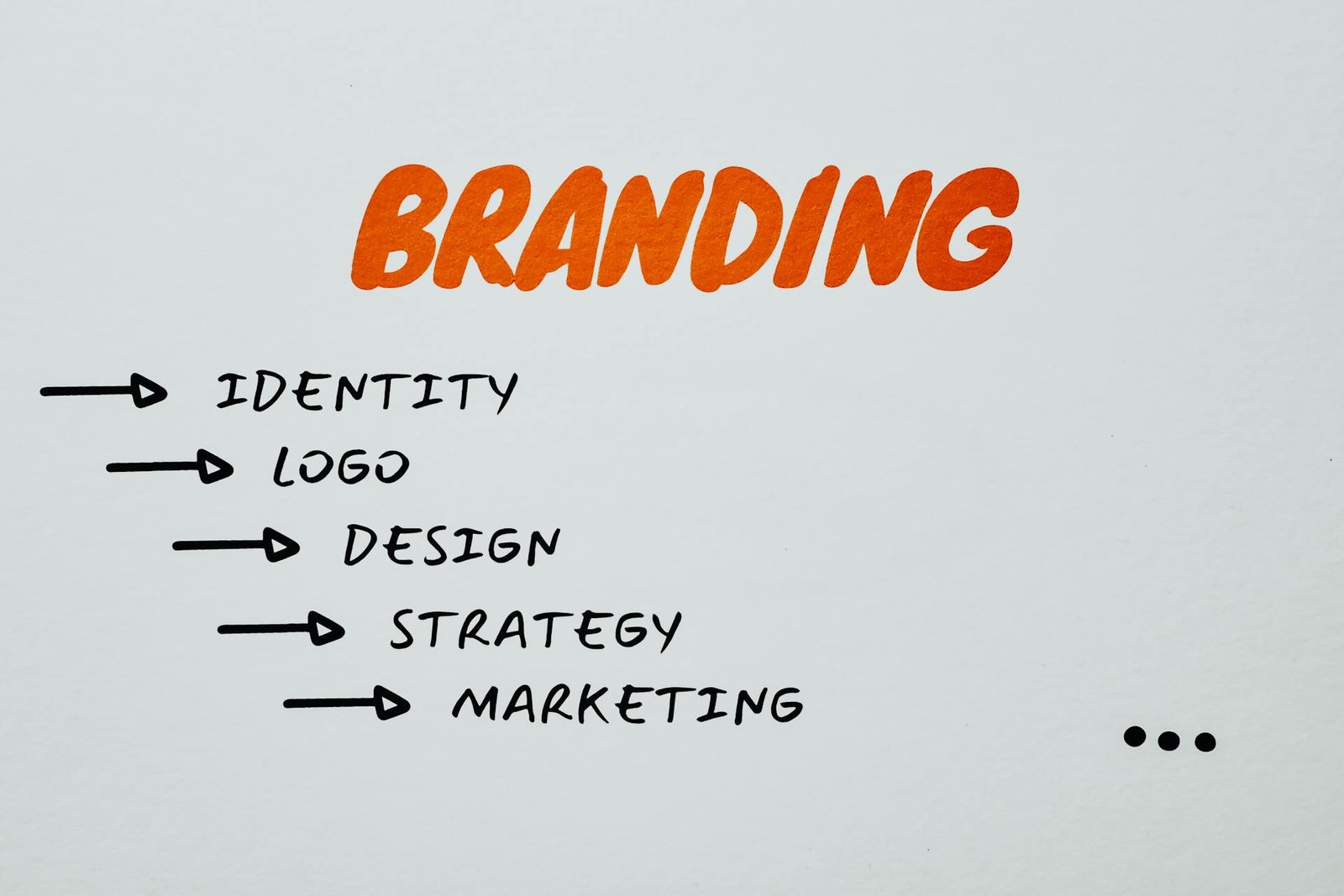Introduction
In today’s competitive marketplace, a strong brand identity is essential for small businesses to stand out and attract customers. Branding is more than just a logo or a slogan; it’s the overall impression your business makes on your target audience. By developing a well-defined brand, you can build trust, loyalty, and recognition.
Understanding Brand Identity
Your brand identity is the unique personality and character that sets your business apart. It encompasses your values, mission, vision, and the overall experience you want to create for your customers. Key elements of a strong brand identity include:
- Brand name: A memorable and relevant name that reflects your business’s essence.
- Logo: A visually appealing symbol that represents your brand and is easily recognizable.
- Tagline: A concise and memorable phrase that captures your brand’s essence.
- Brand messaging: The language and tone you use to communicate with your audience.
- Brand personality: The human characteristics or qualities associated with your brand.
Benefits of Branding for Small Businesses
- Increased brand recognition: A strong brand helps customers easily recognize and remember your business.
- Improved customer loyalty: A consistent brand experience fosters customer loyalty and repeat business.
- Enhanced customer trust: A well-established brand builds trust and credibility with your target audience.
- Differentiation from competitors: A unique brand identity helps you stand out in a crowded marketplace.
- Increased brand value: A strong brand can increase the perceived value of your products or services.
Steps to Build a Strong Brand
- Define your target audience: Identify your ideal customers and understand their needs, preferences, and behaviors.
- Develop a brand strategy: Create a clear plan outlining your brand’s goals, values, and messaging.
- Create a brand identity: Design a memorable logo, tagline, and brand messaging that reflects your brand’s personality.
- Consistency is key: Ensure your brand identity is consistent across all touchpoints, from your website and social media to your marketing materials and customer service interactions.
- Engage with your audience: Build relationships with your customers through social media, email marketing, and other channels.
- Monitor and measure: Track your brand’s performance and make adjustments as needed to maintain its effectiveness.
Conclusion
Branding is an ongoing process that requires consistent effort and attention. By investing in a strong brand identity, small businesses can create a lasting impression on their target audience, build customer loyalty, and drive long-term success.

Leave a Reply